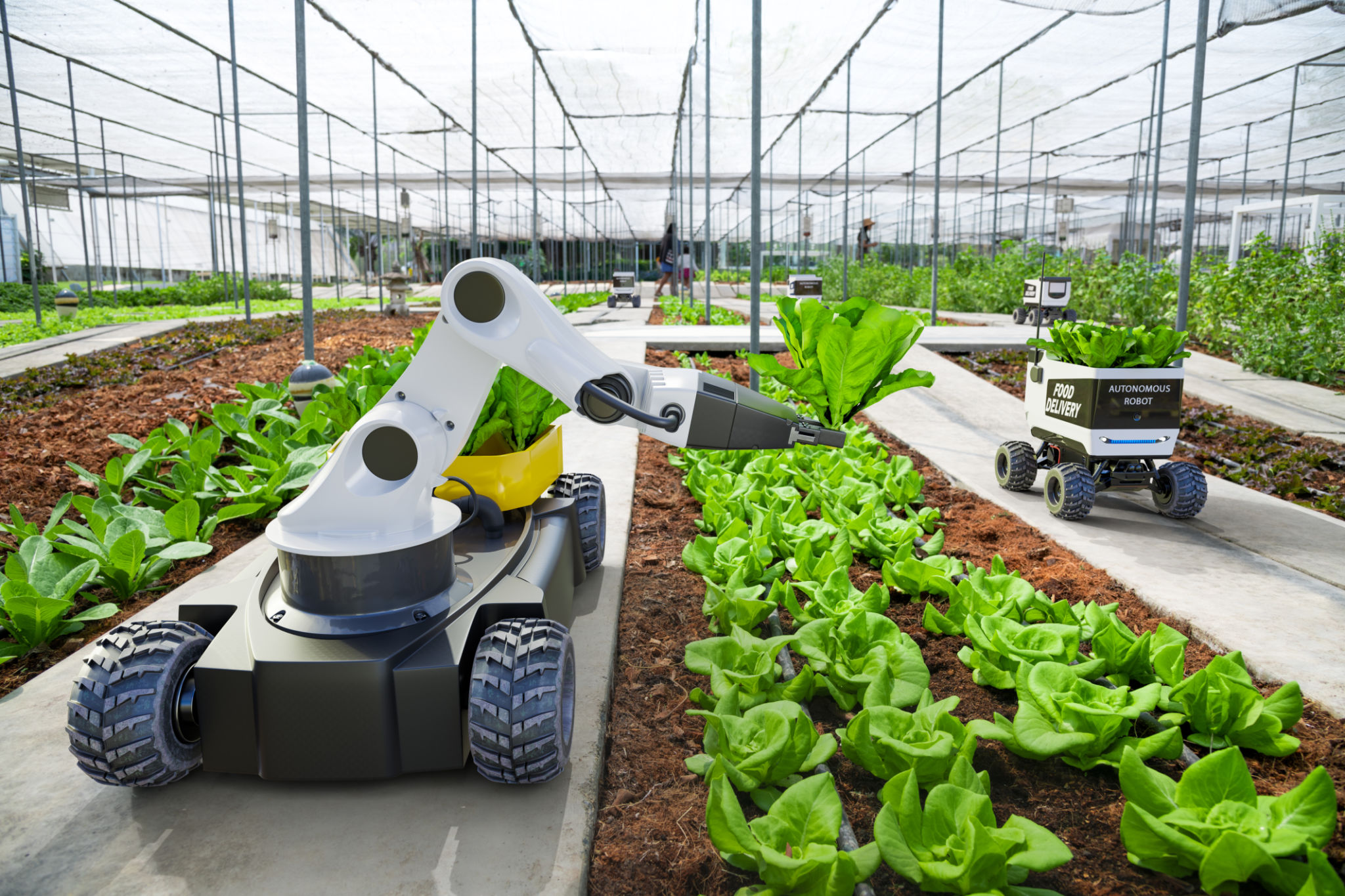A Beginner's Guide to Robotic Farming Solutions
Introduction to Robotic Farming Solutions
In recent years, agricultural technology has undergone a significant transformation, with robotic farming solutions taking center stage. These innovations promise to revolutionize how we approach farming, offering increased efficiency, sustainability, and productivity. For those new to the concept, understanding the basics of robotic farming can open up a world of possibilities for improving agricultural practices.

What Are Robotic Farming Solutions?
Robotic farming solutions are systems and devices that automate various agricultural tasks. These solutions range from autonomous tractors and drones to robotic arms that can plant, water, and harvest crops. By incorporating advanced technologies such as artificial intelligence (AI), machine learning, and Internet of Things (IoT) devices, these systems aim to enhance the overall efficiency and output of farming operations.
The primary goal of these technologies is to reduce the labor-intensive aspects of farming while minimizing errors and increasing precision. This allows farmers to focus on strategic decisions rather than manual tasks that can be automated.
The Benefits of Robotic Farming
Adopting robotic farming solutions offers numerous benefits. Firstly, there is a significant reduction in labor costs, as robots can operate continuously and require minimal human intervention. Secondly, these systems improve the accuracy and consistency of farming tasks, leading to better crop yields and reduced waste.
Another crucial advantage is the enhancement of sustainability. Robots can optimize the use of resources such as water and fertilizers, ensuring that they are used efficiently without over-application. This not only reduces environmental impact but also lowers operational costs.

Key Technologies in Robotic Farming
Several technologies play a pivotal role in the development of robotic farming solutions. Some of the most notable include:
- Autonomous Vehicles: Tractors and harvesters that can navigate fields without human intervention.
- Drones: Used for monitoring crop health, mapping fields, and even spraying pesticides.
- Robotic Arms: Devices capable of performing tasks like planting seeds or picking fruits with precision.
- Sensors and IoT Devices: Provide real-time data on soil conditions, weather patterns, and crop health.
These technologies work together to create an interconnected farming environment where data is continually collected and analyzed to optimize every aspect of the operation.
Challenges and Considerations
While robotic farming solutions offer numerous advantages, there are also challenges that need to be addressed. The initial cost of implementing these systems can be high, making them less accessible for small-scale farmers. Additionally, there is a learning curve associated with operating and maintaining the technology.

Farmers need to consider the compatibility of these solutions with their existing infrastructure and practices. Ensuring proper training and support is crucial to maximize the benefits of robotic farming technologies.
The Future of Robotic Farming
The future of robotic farming looks promising as technology continues to evolve. Innovations in AI and machine learning are expected to further enhance the capabilities of these systems, leading to even greater efficiencies and potential for growth. As these technologies become more affordable, we can anticipate wider adoption across various scales of farming operations.
For those interested in exploring robotic farming solutions, staying informed about the latest advancements and trends will be key to making informed decisions that align with their agricultural goals.
Conclusion
Robotic farming solutions represent a significant leap forward in agricultural practices. By understanding the benefits, technologies involved, and potential challenges, farmers can better prepare for a future where automation plays a central role in farming operations. Embracing these innovations not only promises increased productivity but also a more sustainable and efficient approach to agriculture.